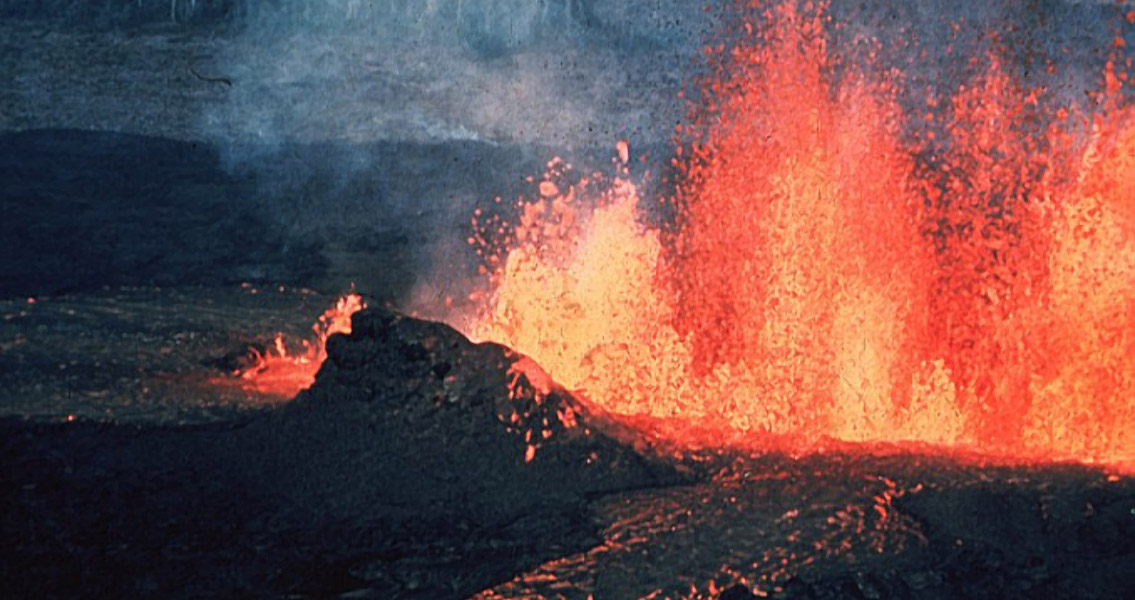<![CDATA[Earth has undergone changes in climate conditions from hot to cold a number of times throughout its history - which covers thousands of millions of years – and scientists agree the level of carbon dioxide (CO2) in the planet’s atmosphere plays a role in Earth’s temperature shifts. The million-dollar question then, is what triggers CO2 levels to fluctuate? Researchers from the University of Texas have recently published a study addressing the connection between changes in CO2 levels due to volcanic activity and climate shifts. According to the study, volcanic activity related to plate tectonics could be directly responsible for the changes in Earth’s temperature. These findings are related to long-term changes in the baseline climate of Earth; not human induced, short-term climate fluctuations, but changes from a time the planet was covered in ice to when even the polar regions would have been free of ice. Basically, the research team was able to correlate climate conditions with volcanic activity along continental arcs (convergent boundaries). When an oceanic plate moves underneath a continental plate it’s pushed down into magma and mixed with carbon trapped within the Earth’s crust, forming what’s referred to as a subduction zone. When the volcano erupts the carbon dioxide is released into the planet’s atmosphere. Utilizing almost 200 separately published studies in addition to their own fieldwork, researchers created a database which enabled them to reconstruct a global volcanic history of convergent boundaries that covered the last 720 million years of Earth’s history. The researchers also studied the sediment basins adjacent to former volcanic locations, which have been victim to millions of years of erosion. What distinguishes this study from others is the extremely long geologic record covered which encompasses a number of greenhouse-icehouse events. What researchers found was that over the last 720 years an increase in volcanic activity alongside continental arcs coincided with warmer (greenhouse) conditions. Conversely, icehouse conditions coincided with periods of decreased volcanic activity. Previous research has suggested geological forces such as those associated with mountain building introduced a huge amount of new material to the surface and through the weathering process drew CO2 out of the atmosphere. This new study indicates climate change is in fact driven by an increase in CO2 in the atmosphere. One way they looked for evidence of this process was by analyzing the age of uranium-lead crystallization found in zircon, which is mainly created by volcanic continental arc activity. The team analyzed around 120,000 grains of zircon from several thousand samples collected from around the world. What all that data revealed was the correlation between the production of zircon and the earth’s transition between icehouse and greenhouse conditions, i.e., high levels of zircon production occurred during warmer climate conditions, and vice versa. This conclusion correlates with what’s known about the formation of super continents on the planet - they were assembled during cooler periods with diminished volcanism. The breakup of the continents however, happened during warmer periods of time with a higher amount of volcanism. This study was published in the academic journal Science by the American Association for the Advancement of Science.]]>
Volcanic Activity Connected to Climate Change
